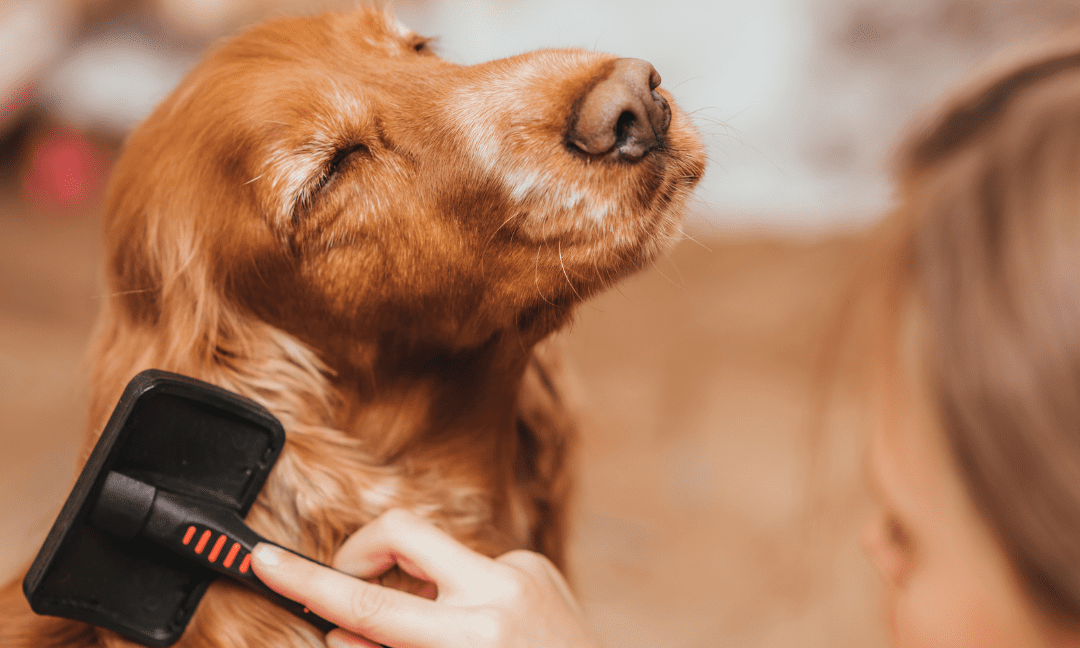Dog shedding is a natural process; it’s an essential body function that allows dogs to get rid of old or damaged hair that usually develops in their undercoat. Excessive shedding, however, can be due to several reasons. Determining its exact cause will help you prevent and manage it.
How to Tell if Shedding is at a Healthy Level?
The degree to which a dog loses hair will vary depending on their breed, general health and even pregnancy status. As a rule of thumb, as long as the shedding occurs evenly across the body and doesn’t create patches of missing fur, then there’s no reason to worry.
Common Causes of Excessive Dog Shedding
Breed – Some breeds naturally shed more than others. Some heavy shedders are Labrador Retrievers, German Shepherds and Border Collies. Conversely, some shed less. Examples are Shi Tzu, Toy Poodle, Maltese
Seasonal – While some dogs shed all year long, others will have excessive hair loss during particular seasons. Many breeds grow thicker fur as winter comes and then shed it in spring to regulate their body temperature better. Pay attention to your dog’s shedding cycle, so you know when to start giving more effort at managing excessive dog shedding.
Parasites or Infections – The inflammation and itching from fleas, ticks, mites and bacterial and fungal infections can cause your dog to scratch, lick and bite certain areas of their body, resulting in hair loss and patches of missing fur.
Allergies – Dogs can develop a hypersensitivity to all kinds of irritants, including dust, food and medications, and the reaction can be excessive shedding.
Pregnancy – It’s normal for female dogs to run short of calcium and minerals when they’re expecting, making it difficult for them to maintain healthy fur. They may shed more while they’re pregnant and days after giving birth.
How to Manage Excessive Dog Shedding
Regular Brushing
Brush your dog’s coat daily with the right type of brush to remove loose hair while in a controlled area. For those with shorter coats, brush in the direction of hair growth or circular motion. For breeds with longer hair, brush in both directions.
Bathing with Oatmeal or Shedding Shampoo
Shampooing your dog once a week or every fortnight can keep their hair healthy, which helps reduce shedding.
Switching Diets
Consider switching to a protein-based diet (mainly meat and healthy oils). Using Omega supplements can help the hair follicles become stronger and the hair more resilient to breakage.
Daily Vacuuming
Vacuuming is more recommended than sweeping as the latter can cause the hairs to fly around. Make it a point to vacuum floors, carpets, and furniture every day.
When to Consult the Vet for Excessive Dog Shedding
Take your furbaby to the veterinarian if you notice beyond normal shedding so they can determine its cause. The doctors can provide diet recommendations and prescribe medications if it’s due to an illness or an existing medical condition.
Related Article: Dog Coat Types & How To Groom Them


